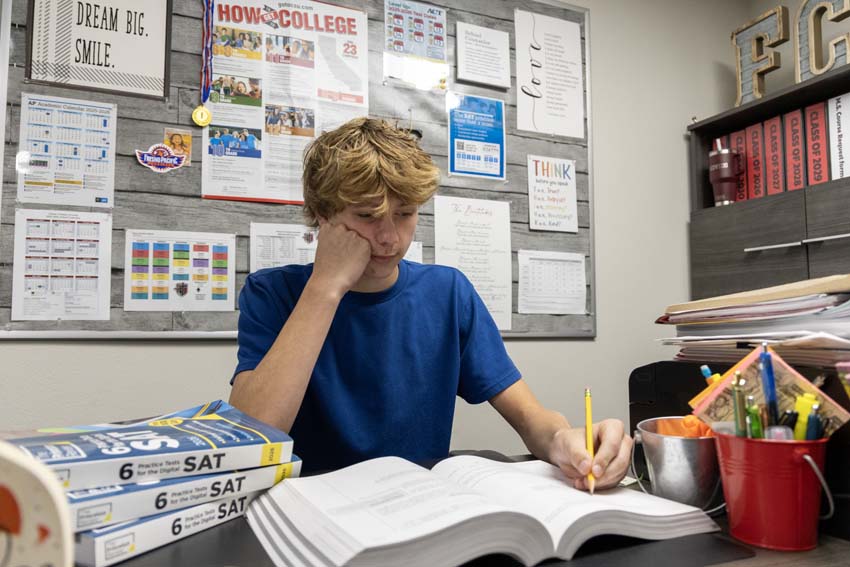The Hmong International New Year celebration marks a time of unparalleled revelry and tradition for the Fresno community. The annual festival begins after Christmas and continues through New Year’s Day, attracting tens of thousands of visitors each day.
Despite a rather significant presence in the Fresno area, many adults seem to overlook the Hmong people ? which the New Year celebration helps to correct. Most Hmong people originated from impoverished cities in Laos, an Asian country sandwiched between Thailand and Vietnam, or in growing communities in the U.S. Many arrived in America as refugees throughought the 1960s and ’80s.
The Hmong people organize this event in hopes of reuniting with friends and family from around the world. Thousands of Hmong partygoers assemble at the Fresno Fair Grounds each day to participate in the festivities. The event features hundreds of tents with vendors selling items important to the Hmong community, ranging from unique silver wares and traditional clothing to food and desserts.
The festival also conducts the Miss Hmong 2008 competition, which is similar to ? but more exclusive than ? Miss America beauty pageants. In applicable cities throughout the U.S., judges select local entrants to congregate at the Fresno celebration in order to compete for the title of Miss Hmong.
Another staple of the festival, the traditional Hmong ball game (or “pob pob”) allows young patrons to enjoy the company of others. The game consists of two players throwing a tennis ball to each other, while also taking a step back after each catch to lengthen the distance between them. Although the purpose of the game encourages camaraderie, I often decline to participate but still hear the boom of players’ laughter resounding throughout the fair grounds.
For my family, the celebration provides a special opportunity to demonstrate our cultural customs and appreciate our heritage. We often attend two or three days of festivities and visit with extended family members passing through the area.
When I arrived with my family at the fair grounds, a host of colorful garments and familiar scents dominated the landscape. I donned the customary headdress and flowing silk outfit along with many other women at the celebration. The boys, however, clothed themselves in beautifully colored shirts accentuated with loose Hmong coins. The six-day celebration provides one of the few opportunities to wear Hmong attire in public.
As I walked along the aisles flanked on both sides by tents, I examined each purveyor’s products. My parents often spend a small fortune on the various items, including clothes, movies in our language and CDs from new artists.
In the center of the fair grounds lay the performance stage. Musicians and vocalists entertained visitors throughout the day while girls between ages five and 18 executed folk dances. The music filled the meager air space that the many sounds of the celebration left unoccupied. Genres included upbeat rock music and pop, although the main attraction for Hmong patrons was ku chia ? a genre dominated by a single monotone voice with woodwinds in the background.
The final row of tents housed most of the food at the event. This area often drew in patrons of the festival for the barbecued chicken, nachos, papaya salad, Naj Va, tapioka and beverages. However, my family and I avoided the typical American and Mexican foods in favor of the Hmong classics. The pungent scents overwhelmed the surrounding air, but the vendors never seemed to mind.
As I left the celebration, I once again passed by the stretch of tents and walked out through the gate of the fair grounds. I felt a deep regret that I did not receive a more hands-on experience with my culture. But then I remembered about the celebration next year, and began to anticipate another opportunity to break out my Hmong clothing and witness the splendor of my people.
For more information on the Hmong New Year celebration, visit Marc Benjamin’s Dec. 26 article for The Fresno Bee, Hmong New Year celebration seeks to involve next generation.





